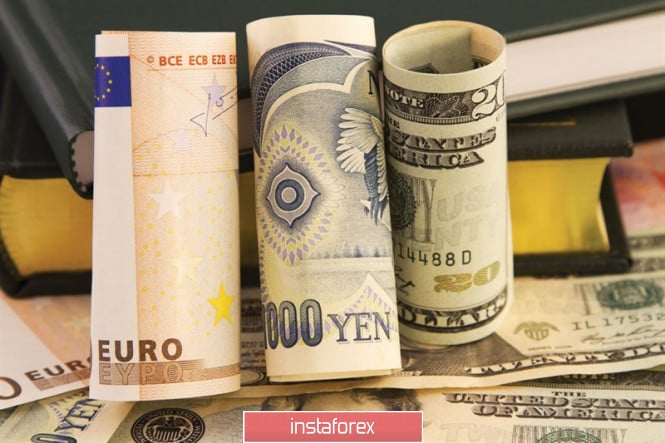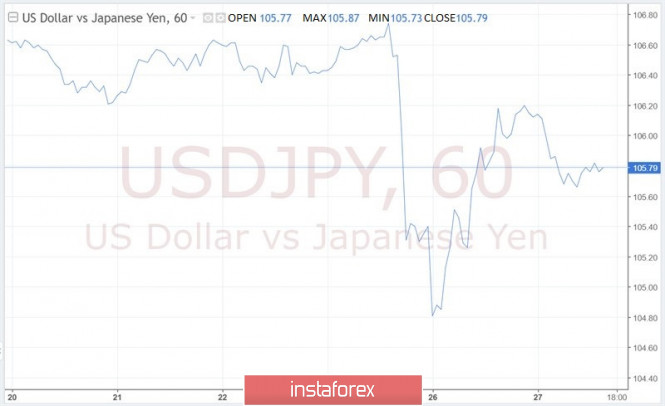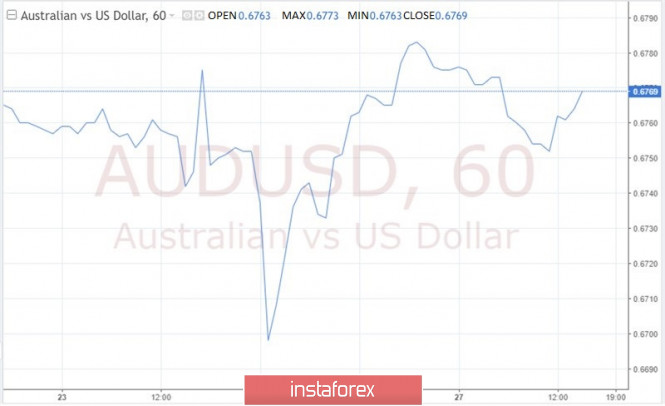
Tensions in the financial markets have eased somewhat amid statements by the United States and China that they are close to concluding a trade agreement.
The day before, the head of the White House Donald Trump said that China on Sunday evening asked to resume trade talks. This came after China's chief trade negotiator, Deputy Prime Minister Liu He said that Beijing was ready to continue consultations with the US to resolve trade contradictions..
Intense fluctuations are now observed on stock exchanges: sharp drops are followed by decisive recovery. At the same time, the foreign exchange market gives alarming signals. In general, the current mood of investors can be described as cautious optimism.
Yesterday, the USD/JPY pair rose to the level of 106.20, and today plummeted to 105.65.
On the eve, the US currency jumped against the yen amid optimism about the prospects for a trade deal between Washington and Beijing, but the market seems to be a little hasty with conclusions. There are still many problems that can provoke an escalation of the conflict between the two largest economies in the world, so some traders chose to take profits at this stage.

Since the beginning of the month, the AUD/USD pair has been trading in a rather narrow range of 0.6700-0.6800. The good news for the Australian dollar, which serves as an informal indicator of sentiment regarding the Chinese economy, is that its exchange rate has stopped declining. However, the aussie still cannot find the strength to recover, including due to the lack of significant signals about the US and China.

On Monday, the EUR/USD pair returned to 1.1100, having failed to develop the growth that began last week. As soon as the "bulls" raised their heads, the easing of tension in the trade conflict between the US and China and the disappointing statistics on the business climate from the IFO forced them to go on the defensive.
The fall in German business sentiment to seven-year lows in August increased concerns about a recession in Europe's largest economy and reinforced expectations of broad stimulus measures by the ECB in September.
One of the important indicators for central banks is the level of inflation. Tariffs on Chinese imports spur consumer price growth in the United States, while the European Union, which is suffering from damping demand, is facing a weakening inflation rate of 1%.
This state of affairs gives the ECB carte blanche to launch large-scale mitigation, but in the United Stats, such measures may be regarded as premature.
If this scenario is realized, the euro runs the risk of increased pressure, and the EUR/USD pair may drop to $1.08 by the end of September.

